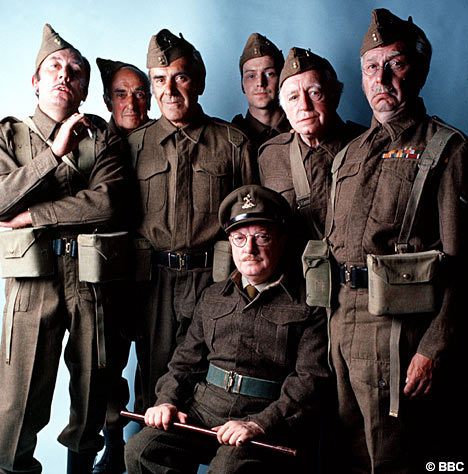The Home Guard were certainly higly motivated, and were not quite so decrepit as “Dad’s Army” might suggest. Many of them were out of the Forces because they were just a little over or under age, or in reserved occupations. Weapons would, however, have been a problem. At the time of greatest danger of German invasion (July-November, 1940), the LDF was well short of having enough rifles to go around. As for heavier/more advanced weaponry, they were largely thrown back on Churchill’s “specials”, most of which were high on the scale of weapons more dangerous to use than to encounter. The simplest example was the “sticky bomb” antitank grenade; apart from the danger involved in sneaking up on a panzer and attaching it to the tank was the danger of ending up with a live sticky grenade stuck to your uniform. Then there was the Smith Gun (described by one expert as highly likely to kill its own crew), the Blacker Bombard (the PIAT’s big brother, suicidal to employ at its effective range against a half-competent enemy), the Northover Projector (with its unreliable grenades, and ignition system dependent on a black powder cap - in the damp English climate) … and so on. Most of these weapons were used little or not at all by the Army, and for good reason.
As regards the quality of British troops - as in WW1, the professional British Army probably had the best troops available to the Allies in the 1940 campaign (as shown by their performance in the later stages of the campaign), but they were few in number compared to the large French standiing conscript army. For this reason, the fact that so many BEF troops were rescued at Dunkirk must have been an essential condition of enabling Britain to fight on and to construct an effective wartime conscript army of its own. Not that the French were bad; again, in the later stages, first and second line French units - and even punishment (convict) units - often fought fiercely, helping, among other things, to allow the Dunkirk evacuation to proceed. Like the British, their French comrades were given little chance of stopping the Germans, giving the deficiency of the strategy and tactics insisted upon by the sclerotic French high command (who called the shots in their own country), and the deficiencies in the military communications and intelligence systems of the French army at the time. Best regards, JR.




 ) is wearing a belt tending towards blancoed jungle green while others are wearing black belts which don’t agree with their webbing.
) is wearing a belt tending towards blancoed jungle green while others are wearing black belts which don’t agree with their webbing.